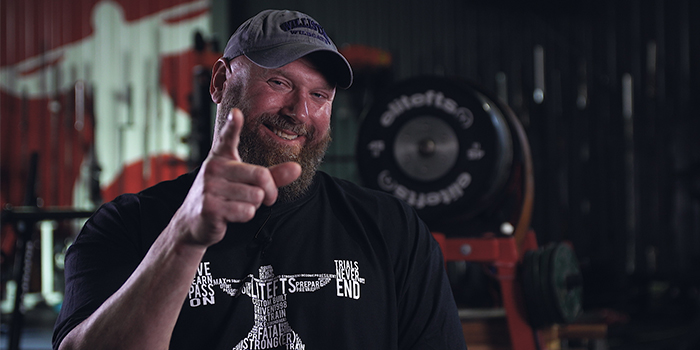
Last week I had a few calls with some other strength coaches. On Tuesday (I think) I was on a Webex call with Bobby Fisk and AJ Mott from NJIT and Fairleigh Dickenson (sp? on both). They each and a staff member roped in to listening to me spew my opinions.
On Thursday I spoke with an old friend, Liane Blyn at Arizona State (the Scum Devils). I got to listen to her side of things.
The cool thing about all of this is that we all deal with the same stuff. D1, Power 5 all the way down to DIII - we have the same issues and challenges. Although our logos and salaries are different, life really isn't that much different for all of us.
The constant of any and all conversations that I've had with other strength coaches is that no matter when we get our athletes back, the first two weeks are key. We have to approach EVERY athlete as if they've done nothing for the last 2-3 months. Almost treat them as if they're incoming freshmen. We just don't have a clue where they are physically.
At the end of two weeks we should be able to tell where every one stands. The kids who didn't get off the couch will be SORE! The kids that did something will probably stand out. From there we can readjust accordingly.
I know I've been thinking a lot about how to reacclimate the athletes after the layoff. Personally, I don't think it's very complicated. Some awareness of the athletes, a plan of action based on sound principles (no gimmicks), an understanding of what "the experts" say we should do mixed with a healthy dose of common sense. For those of us with 2-3 decades of experience it'll be much easier. It ain't rocket math.
With the NCAA decision to allow athletes back on campuses June 1st and for us, the SEC's decision to allow athletes back on campus June 8th I think we might be getting closer to training our athletes this summer. I think I speak for all strength coaches - we want to get back to working with young athletes. For a lot of us this might be a reality very soon.
I have a template and some rough ideas for the weight room. This week I'm sitting down with my staff and we're going to put together some ideas for the running portion of things. Right off the top of my head it won't be very complicated and it won't be set in stone. I think this is a time where you absolutely have to have a plan (like usual), but you better have a Plan B, C and maybe D depending on how the kids look each day.
This training period, at least the first 4 weeks, will be very fluid. Coaches will have to know what they want to get done and then evaluate the groups when they come in every day and get a feel for what they might be able to handle. When it doubt, err on the side of undertraining. I think the most important part of this will be the accumulation of work. Even if it's not optimal training, the sessions will add up and build their work capacity.
I'm looking forward to this. Should be fun. And if we're all smart, we'll take a ton of notes and we'll have a great file of information that can only really be learned in the field. This is something a book or certification can't teach you.
Once I get a better idea of what I plan on doing I'll put it up in my log. It will probably change multiple times before it actually gets implemented, but you can see the thought process I go through when I plan out my programming.








